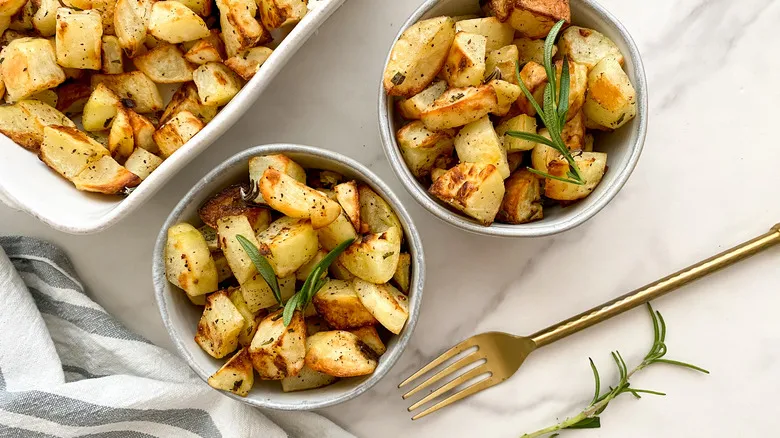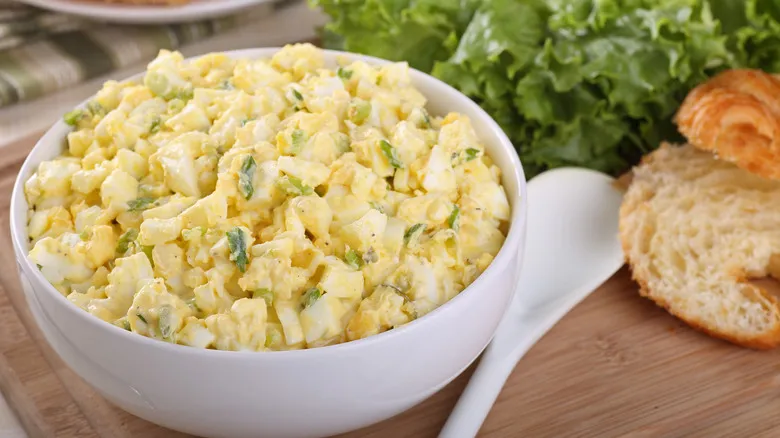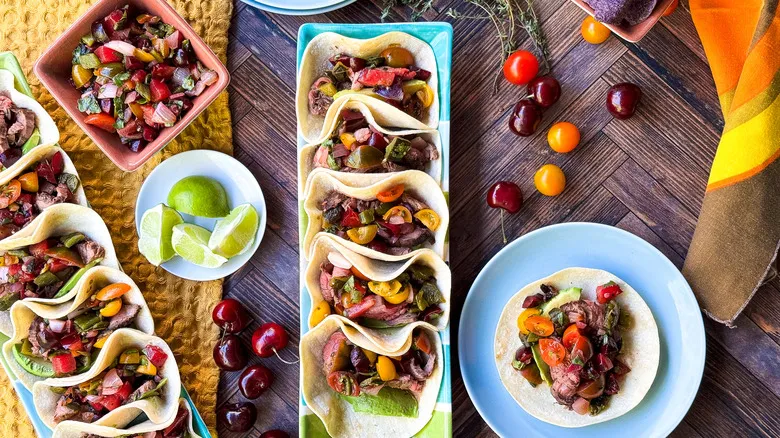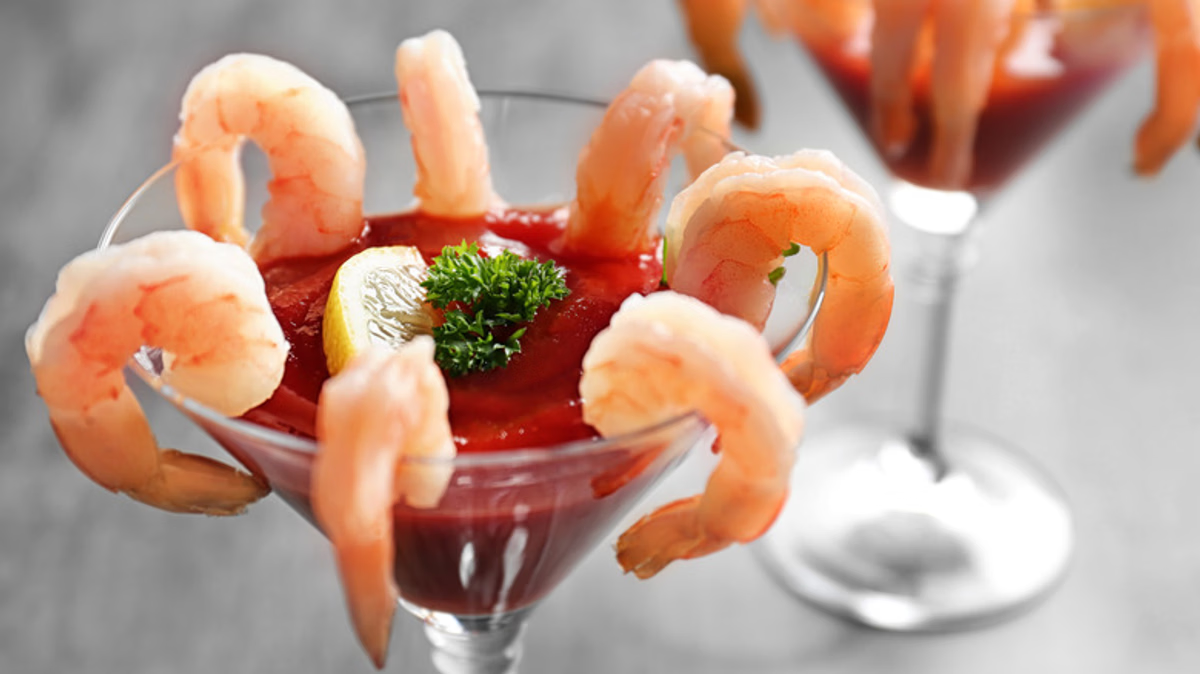Best veggies to grill
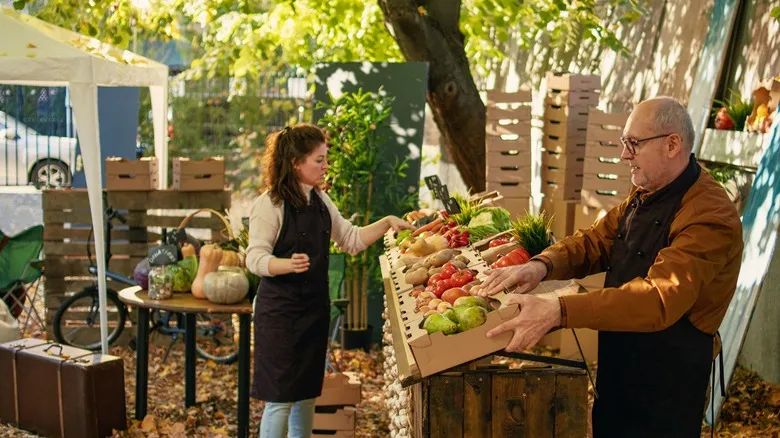
Chef Andrés advocates for the diverse uses of vegetables and shares tips for selecting the finest options for grilling. He emphasizes the importance of visiting local farmer's markets to discover fresh, seasonal produce. At these markets, you'll encounter a delightful array of seasonal fruits and vegetables, such as asparagus in spring, Vidalia onions in summer, and eggplant in fall. While Andrés has his preferred grilling vegetables, as noted by Food & Wine, he particularly enjoys corn on the cob, along with aubergines, potatoes, and onions. He also has a fondness for the bell peppers used in escalivada.
If you don't have a farmer's market nearby, don't worry—there are still ways to find out which vegetables are in season. Resources like the Farmers' Almanac or apps such as Seasonal Food Guide can help you identify seasonal produce. Many of these tools provide an overview of what's in season throughout the year, with some offering specific information tailored to your local area.
Other vegetable-grilling tips
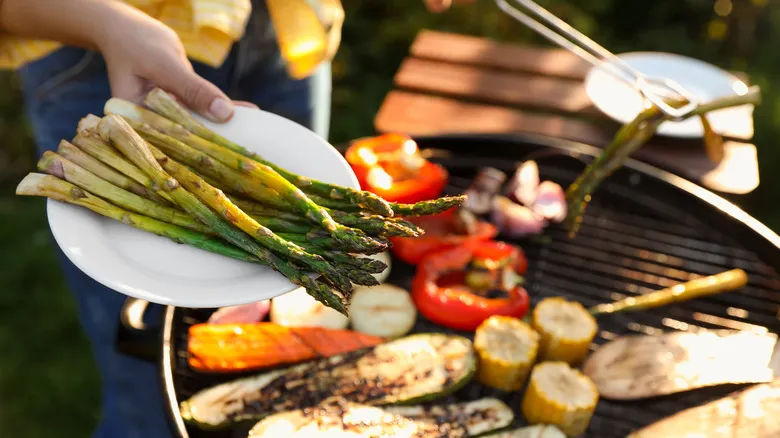
José Andrés once shared with CBC News that vegetables offer their "best every moment they are with you," suggesting that their flavors linger from the moment you take a bite until you swallow. To enhance this experience, he advises seasoning vegetables simply before grilling them. A sprinkle of salt, a dash of pepper, and a drizzle of olive oil are sufficient to highlight their fresh tastes, while the grilling process will take care of the rest.
To prepare the vegetables for grilling, there are several important steps to follow to maximize their flavor and ensure they cook evenly. Since you won't be peeling them, it's essential to wash the skins thoroughly to remove any dirt. Next, cut the vegetables into uniform pieces; this increases the likelihood that they will all finish cooking at the same time. For optimal results, grill the vegetables at a temperature between 400 and 425 degrees Fahrenheit.
For smaller vegetable pieces, consider using skewers to keep them from falling into the flames. Lastly, remember to prepare the grill before you start cooking. It should be cleaned and lightly oiled to prevent the vegetables from sticking, ensuring that their flavors and textures remain untainted by residue from previous grilling sessions. All this preparation will pay off when the vibrant flavors of the vegetables burst in your mouth, just as José Andrés promised.
Recommended
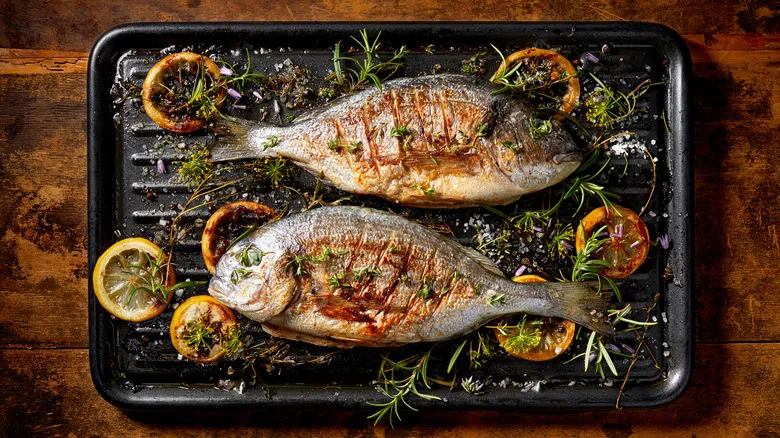
Why You Need Mayonnaise For The Best Grilled Shrimp And Fish
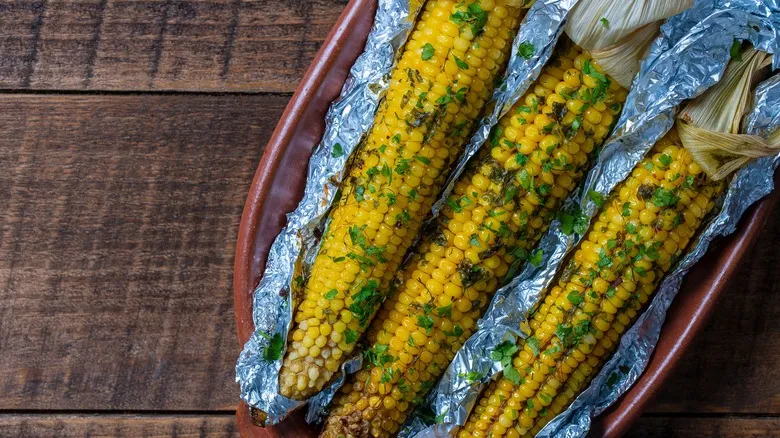
Why You Need Tin Foil For The Most Flavorful Grilled Corn On The Cob
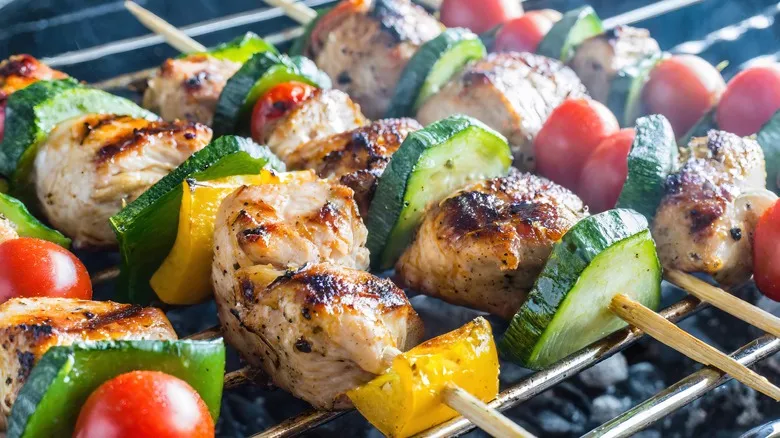
The Juice Carton Hack For Grilling Perfect Chicken Skewers

Bobby Flay's Simple Hacks For Perfectly Grilled Corn On The Cob
Next up


